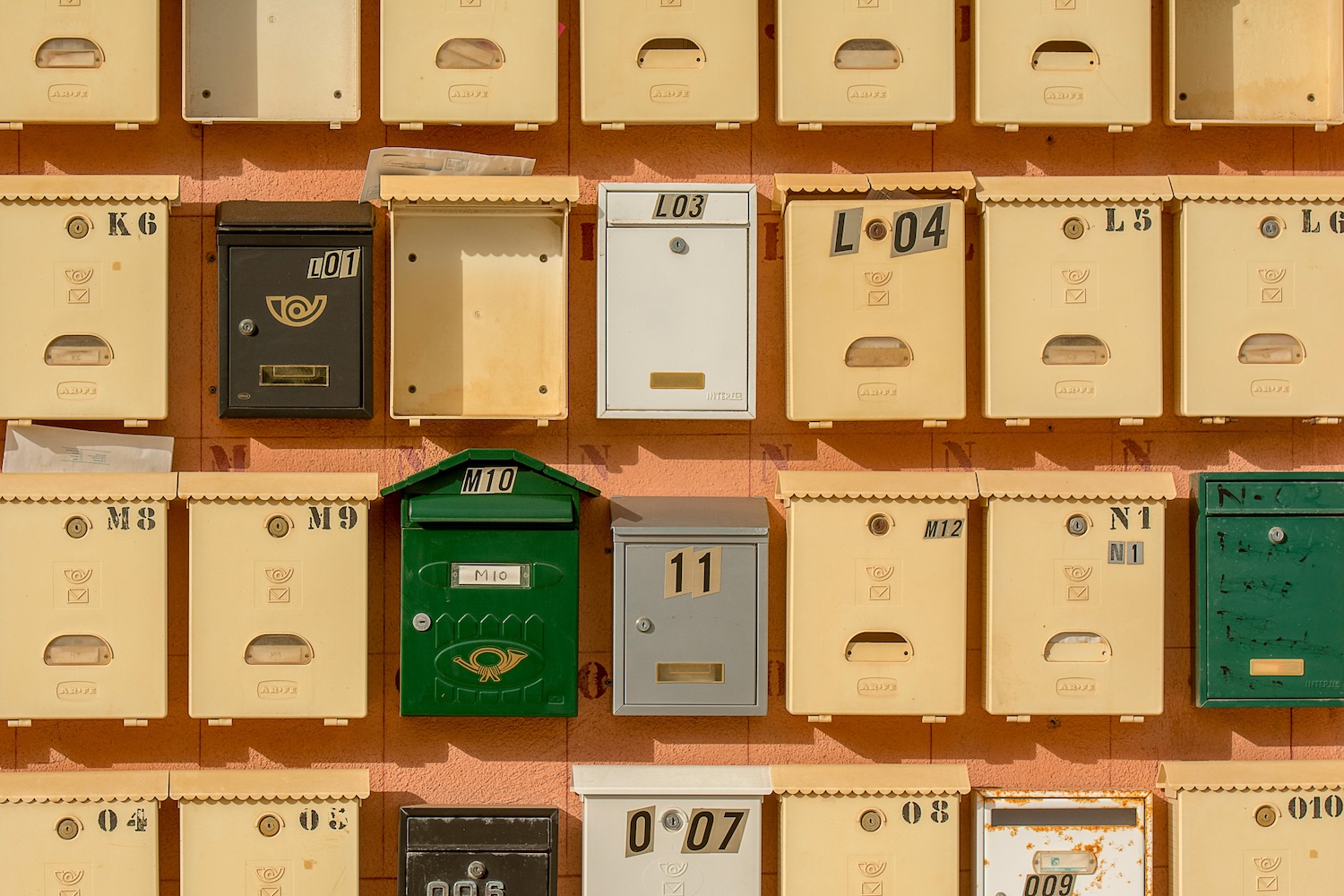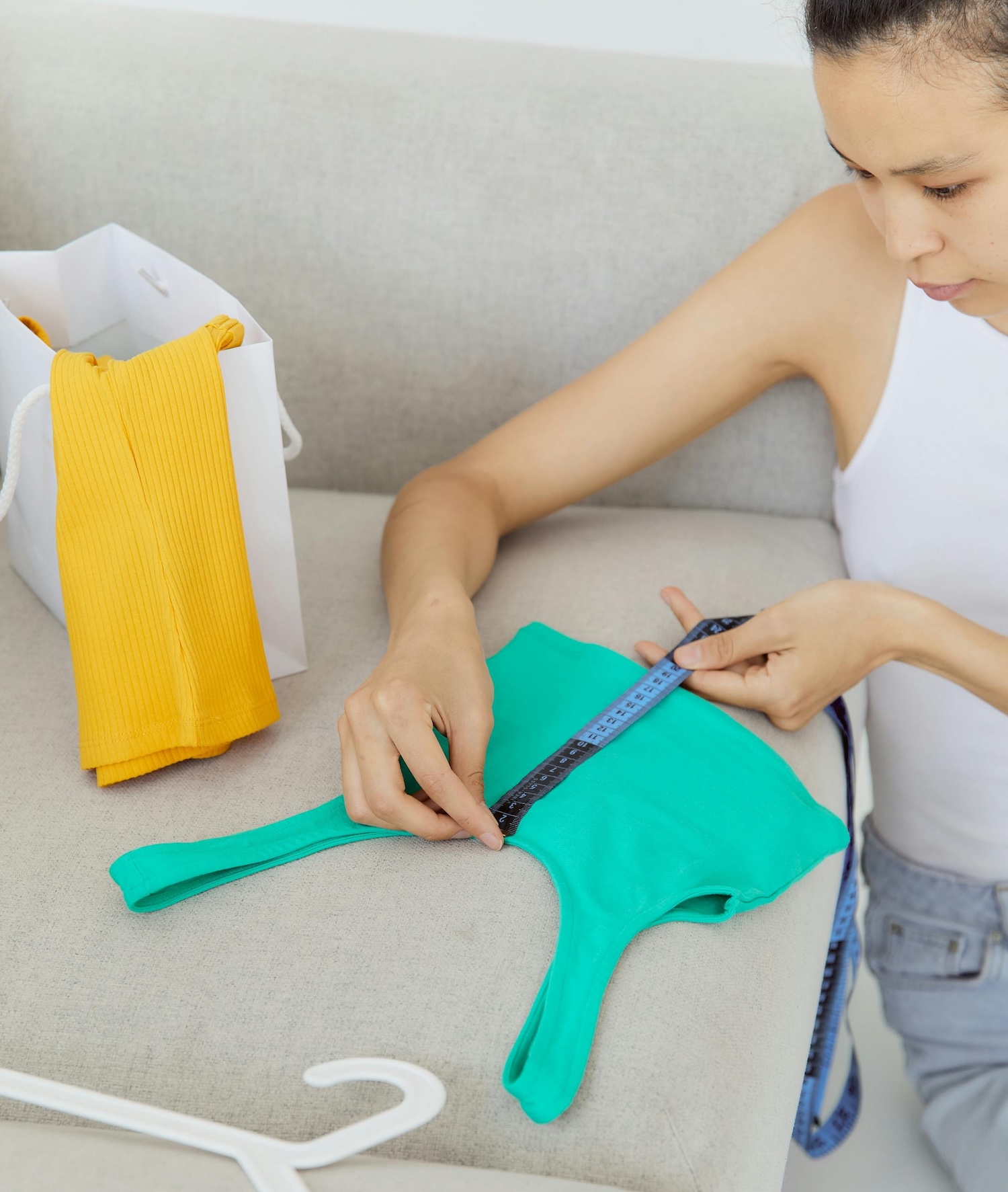
Leather weather: What to consider when shopping for secondhand leather
Is secondhand leather ethical? Is it better to buy vintage vegan leather or real leather? What should you look for when buying secondhand leather? Columnist Genevieve Smith answers your fall fashion questions
You felt it in the air one August night. That first cool breeze, as the sun set a little earlier than it has all summer.
With cooler nights comes the creeping desire to throw on the big, cozy sweater you’ve been eyeing all season, desperately waiting for the day it’s justified to pull on your leather boots, toss a scarf over your shoulder, and forget about the threat of sweat stains on light grey cotton tees.
For those of you clinging to summer’s skirt, please understand that I too, live for the heat of July. That being said, I look forward to fall for the sake of fashion.
Nothing hits like a leather jacket and a tee, and if you’re reading this from anywhere in Canada, you know that leather season can be short lived thanks to inclement weather (see: snow, sleet, hail, generally miserable drizzle).
The problem with leather weather, as I see it, is that it incites this frenzy in us, this despicable need to throw down amazing outfits until the weather prevents us from wearing calfskin knee high boots, suede driving shoes and patent loafers (the lifeblood of an outfit can be attributed to good footwear, but that’s a whole other article).
It’s a consumer trend we know too well: the Back To School phenomenon. The newness, shiny pencil case and fresh notebook feeling we yearn to recreate worms its way into our minds, and we fall prey to this craving for consumption. Last year’s looks don’t feel fresh, and it’s easy to fall victim to the Need for New.
One way to fight back this fall is to consider curbing your appetite for new leather products. I’m not going to be able to talk you out of buying boots, that much is clear. But I can offer some insight into why you should scour your secondhand sources first, and you know I will.
Raising boots
Leather, and by default, raising cattle for leather production, is a leading emitter of greenhouse gasses.
To make 17 new pairs of leather boots, one and a half football fields of land must be cleared for cattle, according to CIRCUMFAUNA, a Collective Fashion Justice organization.
Cattle are one of the top emitters of greenhouse gases — the United Nations estimates that all livestock create 14.5 per cent of the world's greenhouse gas emissions — and cattle alone are responsible for two-thirds of that.
Then there's the carbon footprint of producing the leather itself — the UN says it's roughly equal to 93kg of CO2 emissions (CO2e) per one metre square — barely big enough to make a tote bag.
This does not take into account the emissions produced in the tanning process of leather, which is arguably the most toxic part of the process. Chemical tanning procedures can involve bating (soaking rawhides in enzymes to soften them) pickling (soaking in salt and sulphuric acid), and are followed by either chrome or vegetable tanning.
Vegetable tanning has been used by many cultures for centuries, and varies by region (Yemen and Egypt, for example, use the bark and seed of the Salam Acacia tree). Chrome tanning was introduced as a faster chemical alternative to improve the elasticity and durability of leather products, but it also creates a lot more ecological issues.
Over 50 per cent of chromium used in tanning processes is discarded as liquid or solid waste, and much of it improperly. These chemicals can and do contaminate water sources, often leading to birth defects and infertility.
Even a “natural” sounding sun-drying process involved in leather production affects the environment. The drying process oxidizes the active chemicals and creates carcinogens that can be found in sources seemingly unrelated to the industry.
In Bangladesh, over 25 per cent of their farmed chickens were found to contain carcinogens directly linked to the tanning industry there. Chicken can be rubbery, but it shouldn’t literally contain traces of boot.
All this to say, the cost of new leather is high.
From a vegan standpoint, raising animals to use their flesh to cover our bodies is ethically wrong. Now, I know that the demand for cow meat, dairy and leather isn’t going to dry up because we think it’s a mean system.
I do, however, want to talk about why vegan leather ain’t so hot either.
Faux leather or faux pas
Faux leather is not leather. It is a man-made material, composed of fabric coated with plastic polymers, namely polyurethane (PU) or polyvinyl chloride (PVC).
This eliminates the need to raise animals for its production, but introduces a separate, equally pressing concern: the production of plastics. As we know, modern plastics are unable to biodegrade, making them a dangerous addition to the planet as they will outlive us all).
Continued below
Find vintage leather at a market near you
View events calendar
Continued from above
Faux leather (or more specifically, its plastic component) contains dioxins, which has been linked to cancer, developmental and reproductive issues. PVC uses phthalates to soften it, and while they work to make your plastic leather supple, they also disrupt your endocrine system and are considered highly carcinogenic.
Bonded leather is another tricky one. It’s composed of faux leather fused with real leather scraps.
While faux leather boasts no animal contributions, bonded leather uses both materials to create products: this is a double edged sword, as you could argue that bonded leather makes the best use of scrap leather that would otherwise be wasted, but also uses the plastic components that real leather products avoid almost entirely.
It can achieve similar results to real leather products, but its ability to last the test of time is entirely dependent on the quality of the bonding agents and the frequency of use.
Long story short, bonded leather is the Frankenstein of leather goods and I’m still unsure how I feel about it. Vegan leather production is just as threatening to the environment as cattle-raising for leather, but in different ways.
Fruit foot forward
There are some wonderful scientists out there working hard to produce new kinds of faux leather that don’t use the worst parts of plastic to function.
A research facility in India created a leather from biopolymers and mango pulp, which uses the 40 per cent of mangoes produced unsuitable for consumption.
It also biodegrades, making it superior to vegan leather by default. The same goes for mushroom and cactus leather, which have famously been included in the newest model of Mercedes-Benz’s 2024 Vision EQXX electric vehicle.
Unfortunately, fruit leathers have yet to come far enough to be considered suitably durable to produce footwear, which brings us back to the issue at hand: how do you acquire the perfect leather boot, bag or jacket without taxing the planet, breaking the bank or having to picture a cow’s cute face?
The gift of thrift
The beautiful, amazing thing about leather is that it is designed to last. Treating your leather well results in pieces that could conceivably last your entire life.
The Areni-1 shoe is a 5,500 year old leather slipper found in a cave in Armenia, preserved perfectly due to the dry and cool conditions of the cave, as well as a thick layer of sheep dung sealing it. I don’t recommend animal manure as a sealant for your leather, but I do think it goes to show you that taking care of your leather can improve the longevity of its life.
This also means that leather products don’t have to be new to be worth investing in. The easiest way to find good leather products is to become familiar with the marks of good-quality secondhand leather.
What to consider when shopping for secondhand leather
Knowing that leather can be treated and treated time and time again makes the decision to thrift your leather goods easier.
Condition
Garments, boots, belts and bags will show signs of wear (scuffing, fading, stains) — but good-quality leather can be re-stained, cleaned, buffed, sanded, oiled either at home or by professionals. Don’t let scuffs stop you from scoring.
Moisture content
Leather should not be cracking, flaking or parched — if leather looks dry but fixable, apply leather conditioners, oils and polishes to replenish natural moisture and seal it in.
Shape
Leather should be fairly supple, but should still hold most of its original shape. Garments can show signs of softening at the joints, as these are points of movement.
Smell
If the leather smells musty, rotten or damp, it may be victim to dry rot (a fungal condition that will spread if given the chance). If leather has succumbed to dry rot, place it in a sealer bag or container to avoid further contamination.
Composition
If you’re unsure about the material composition of your potential purchase, check the tag or stamp.
Most leather goods will indicate their composition, through the tooling, stamping or addition of the words “genuine leather.”
Bring a leather item along with you as you thrift, to compare the grade of the leather, and practice identifying the feeling of the material. Finding quality materials is a practice of muscle memory: no one is born knowing the difference between lamb and calfskin, and that’s okay.
Where to find secondhand leather
If you’re not the hunter-gatherer type, I suggest using the fabulous search engines on your local reseller platform: there are people out there looking to offload beautiful leather goods at a fraction of the cost, and they’ll ship them to your house just like the big boxes would.
Fall is coming, leather weather is upon us, and I wish you luck on your hunt. Just take it one boot at a time.
Genevieve Smith is a fashion stylist, writer and founder of Gifts of Thrift. As a yard sale enthusiast, thrift store supporter, and die-hard environmental entrepreneur, she has spent the last two decades trying to figure out how to convince people it is, in fact, cooler to care. Her bimonthly column for The Vintage Seeker, ThreadFul, covers the intersection of thrifting, secondhand fashion, ethical style and sustainability.
Thank you for valuing our work!
Support our work to see this page.
You’ve got a good eye, but this gem is only available for members. Register for a plan or upgrade your current one to peek behind this vintage curtain, or log in below.















